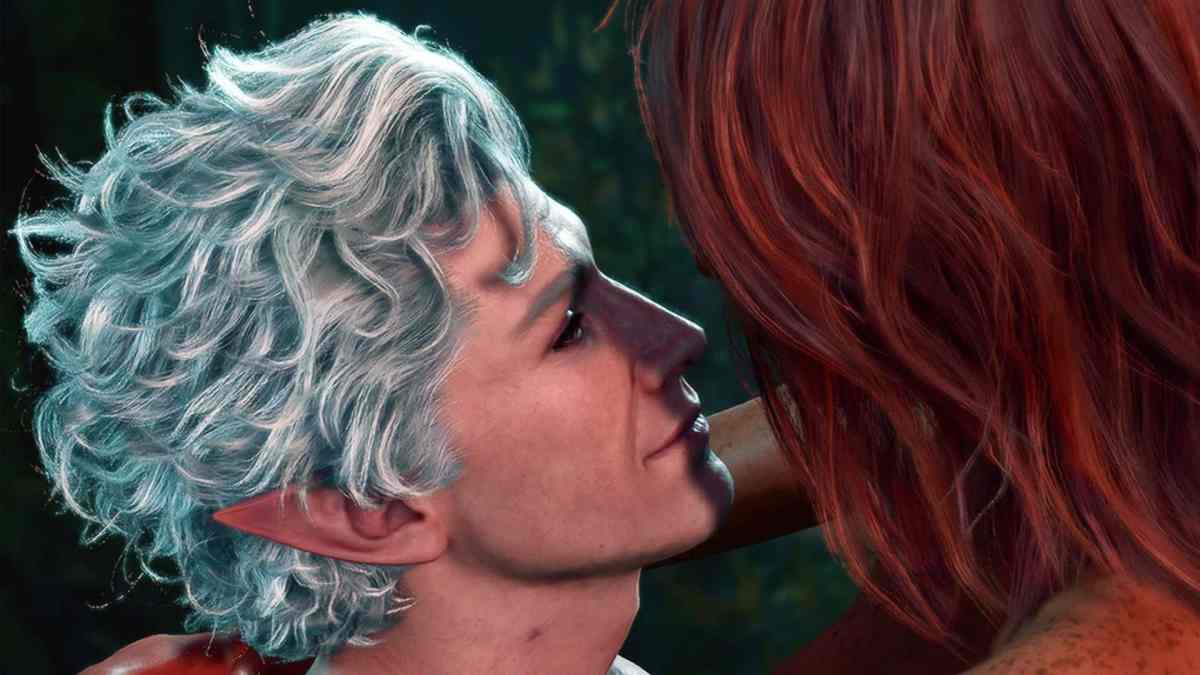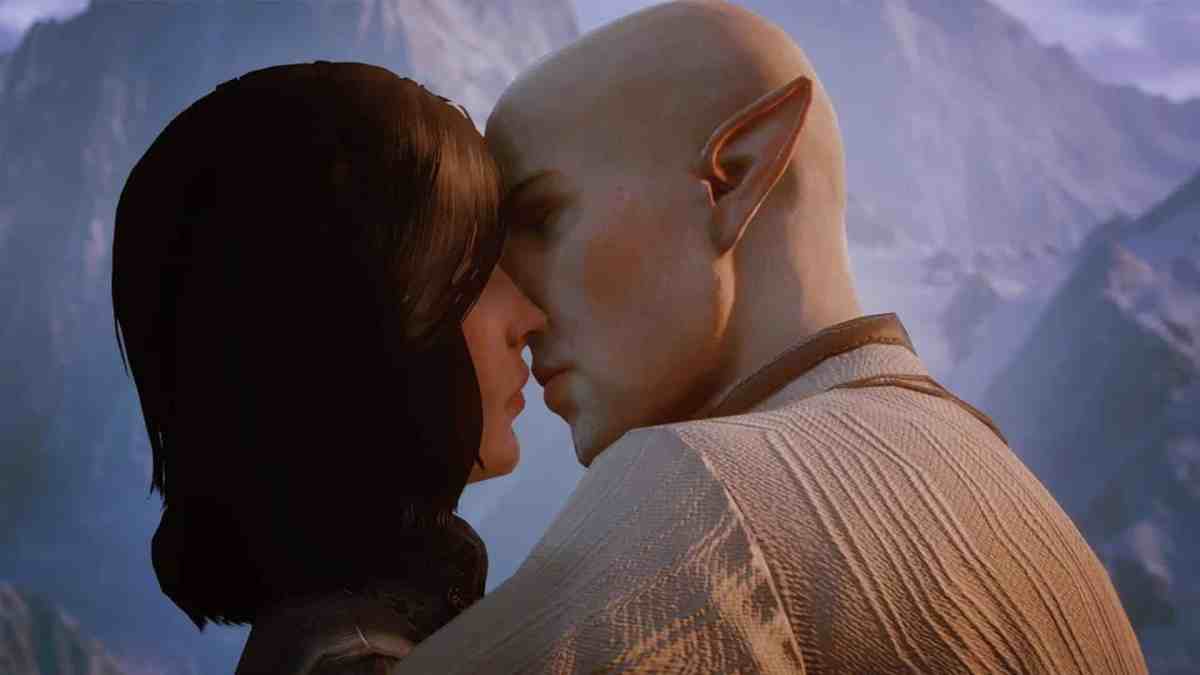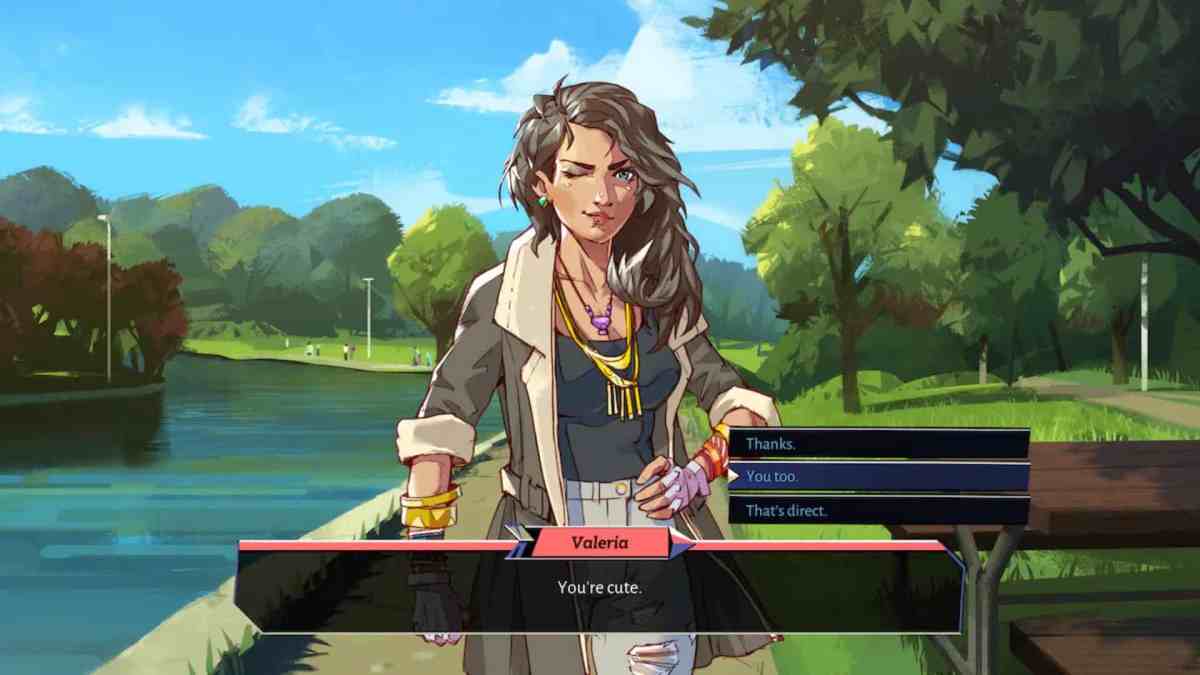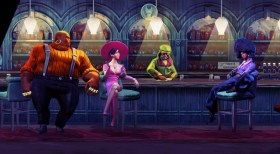With Dragon Age: The Veilguard’s release, players are once again introduced to a new cast of romanceable video game characters, each with their own unique stories to tell, and personalities to uncover. For some players, video game romances are simply another way to engage with the content available, and explore more of the story. For others, though, it means forming a strong attachment that often transcends the game, becoming something altogether different and real.
Why is it that players become so bonded to these digital simulacrums of companionship?
Take Baldur’s Gate 3 for example – on launch, many fans quickly fell in love with its diverse range of characters. If social media is anything to go by, these connections are still strongly felt over a year on. Astarion remains plastered across fan edits, fan fiction sites (the pale elf alone has amassed over 20 thousand works on Archive of Our Own and counting), and has burrowed deeply into the hearts of players who chose to explore an in-game relationship with him. While for many, this is simply a fleeting feeling, for others, it’s something much deeper, and more genuine.
From Stardew Valley to Boyfriend Dungeon, Dragon Age and beyond, what exactly is it about video game romances that leave players so enchanted by them? Is it the gamification of yet another facet of reality that draws people in, or is it something buried deep within the human psyche that sees us resonate so deeply with virtual romantic pursuits?
Read: Dragon Age: The Veilguard review – Worth the decade of longing

Fundamental human nature
Dr Sarven McLinton, a researcher in psychology and director of HIGHER (the Healthy Inclusive Gaming, Hobby & Esports Research group at UniSA) says part of this phenomenon is “fundamental human nature”. We all want to “seek connection, companionship, and to interpret meaning in things. It just so happens that nowadays with video games becoming more and more mainstream, and social media allowing us to communicate and find similar interests, it’s video game characters that are the target of our affection,” he says.
While bonding with romanceable video game characters in games like The Veilguard is one specific example of this, he suggests that this is not a new concept – “people have always found a way to fall in love with anything from characters in stories, through to objects, or even abstract concepts.”
However, the human propensity towards seeking out and forming bonds is not the only driving force behind this. Dr McLinton believes the tendency of players to build such strong attachments to in-game romance options comes down to one major fact: these characters are themselves created by humans. “If you talk to a game designer, they’ll tell you how much of themselves they put into their NPCs.”
While rapid improvements in technology bring characters to life in vivid forms that at times feel indistinguishable from reality, despite being bound to their digital forms, their “personalities, wants and needs, idiosyncrasies” are all borne of humans. “In some way, I think the deeper question is how players might be connecting to game designers and programmers, via the shared language of the game itself,” he says.
Even though seeking connection and finding comfort or affection in fictional characters transcends video games as a medium, agency remains key to players forming much stronger attachments to the characters in the games they play. The player is given “ownership over their own journey,” whether through game choices (or the illusion of them), or the direct first-person narrative.
This agency involves participants more directly in the story, and indeed the romance, in a way that encourages emotional investment. Players are compelled to hold space in their hearts for these NPCs in much the same manner one might for a real-world paramour. This paves the way for connections that go beyond the screen time spent with them.

Video game romances have stability
The safety of in-game relationships is another aspect that draws players into bonding with NPCs. We know they’re written in a way that isn’t likely to end in disappointment, and positive interactions with a known romance option are often guaranteed to lead to a relationship, if given enough time. BioWare’s model of romancing NPCs in the past has often leaned on this idea of perseverance being rewarded with a relationship, in both Dragon Age and Mass Effect. This is entirely counter to the real world, where the same approach rarely yields healthy results.
There are exceptions to this rule of reliable video game romances that don’t run the risk of betrayal and disappointment, of course. Take those who romanced Solas in Inquisition leading into the launch of The Veilguard, or those who romanced Astarion in BG3, only to pursue his ascension (and then decide to end the relationship as a result). However, the “allure [of] control and safety” is a strong motivating factor for players keen to seek out in-game connection and romance.
While real-world relationships are unpredictable, pursuing video game romances comes with the “safety valve” of trying again, or simply closing the game. The human desire for comfort, and indeed stability, is something that can be reliably sought out in these virtual romance arcs – irrespective of the branching narratives that lay before players, these eligible NPCs are coded to fall in love with you without questioning their motives, provided you meet the ‘win conditions’.
Read: 10 tips and tricks for Dragon Age: The Veilguard

A romantic sandbox
While safety in stability is one pillar of the appeal, there is also safety in exploration. Dr McLinton suggests that romantic narratives in titles allow people the opportunity to “play out those alternatives, and learn to be themselves in a safe space.”
While for some, this is simply safely exploring the dynamics of courting and relationships, for others, it extends beyond this – into self-exploration of sexuality, too. 2014’s Dragon Age II saw the four main romantic options portrayed as bisexual, allowing player characters of any gender to pursue them, something many titles in the RPG and visual novel space have continued to do – The Veilguard is no exception to this. However, there are also recent examples of more ‘locked’ sexualities for different characters, as seen in Cyberpunk 2077.
Queer or questioning players are allowed to safely explore their sexualities via video games as a medium in this way, although it is worth noting the “playersexual” disposition of many romanceable NPCs does often come at the consequence of more authentic-feeling queer storytelling.
Players are given the final say over how they want their character to interact with the world, romantically or otherwise. There is no set sexuality or path they have to decide on, nor any one romance option they must pursue. Some may not choose to pursue video game romances at all. This choice gives way to complete freedom of exploration within the bounds of the game’s design.
While a real romantic partner can disappoint, betray, or leave you, romanceable NPCs will always be there for players – a stable and safe means of exploring attraction and love without the risks inherent in the real world. There’s freedom to explore without rejection or shame, and a sense of agency that isn’t always guaranteed outside of gameplay.
It’s part of the human condition to find meaning and bestow emotional value in things, whether physical or virtual. Seeking out connection is intrinsic to our very nature, and video games provide an opportunity to form bonds with characters that can, at times, feel as real as any flesh-and-blood person.
Ultimately, it doesn’t matter that Astarion, Robin from Stardew Valley, or Scout Harding from Dragon Age: The Veilguard cease to exist in the forms we know them when the game is switched off. For many, they endure beyond gameplay, by virtue of our desire to connect.





